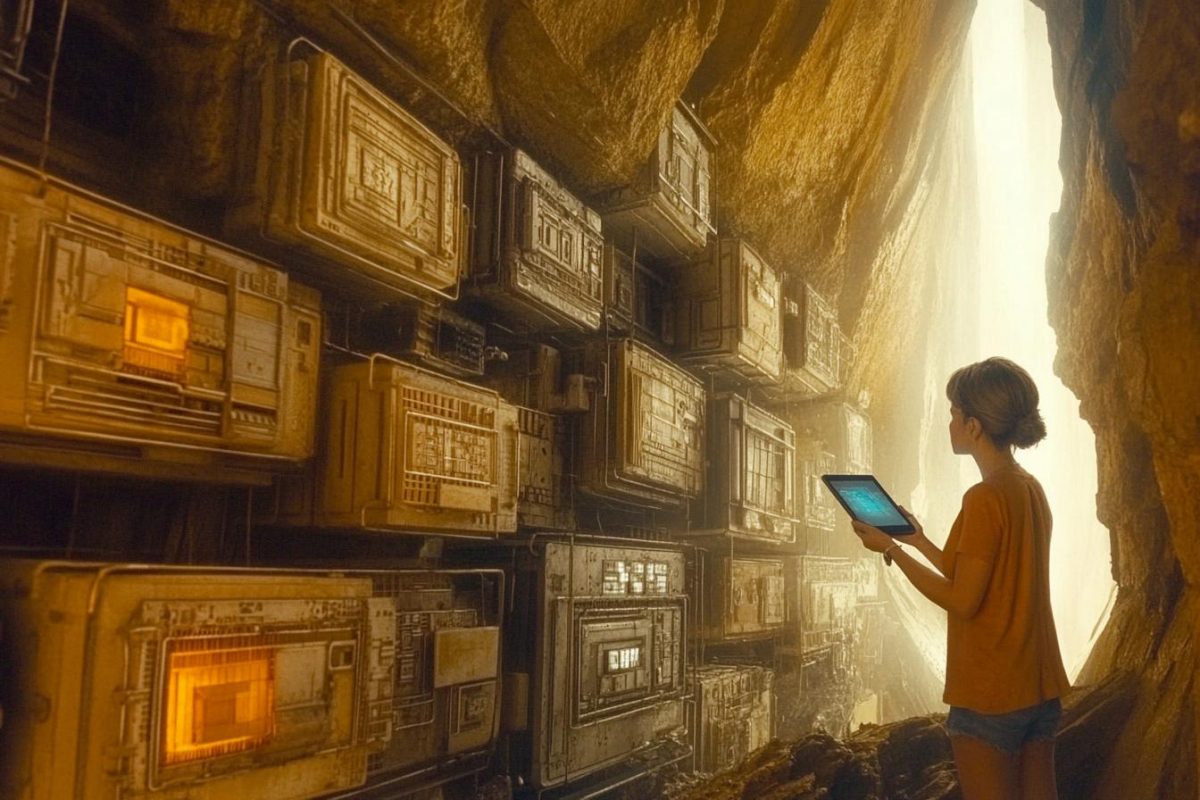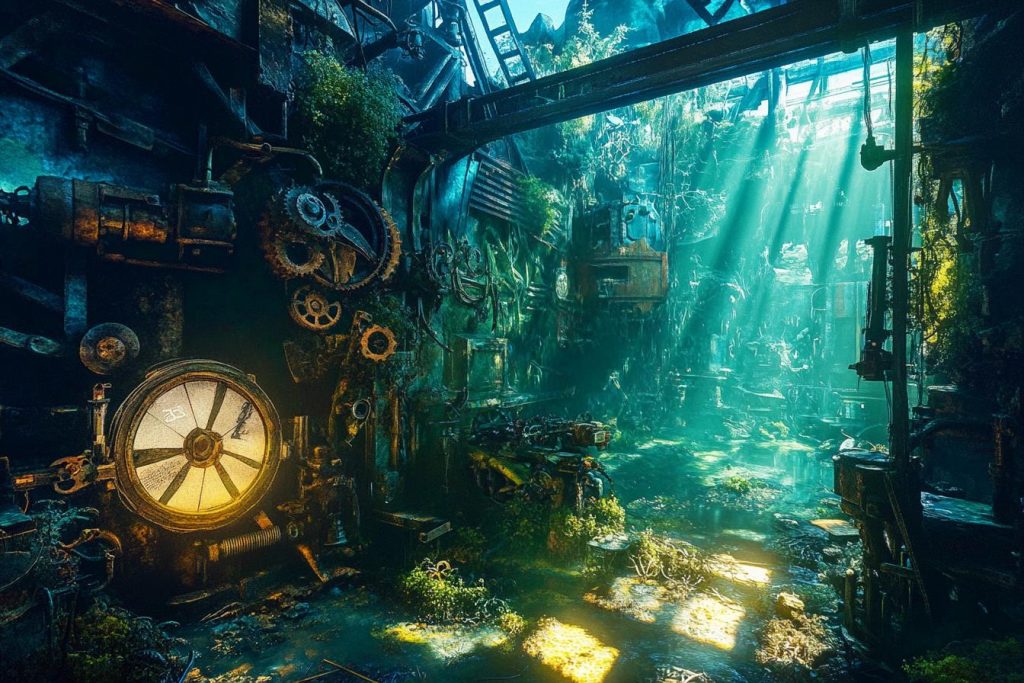
Beneath the sleek surfaces of modern innovation lie forgotten technologies—devices, ideas, and inventions that were once ahead of their time but lost to history’s dust. Some were buried by circumstance, others intentionally hidden or dismissed. Now, these lost innovations are resurfacing, inspiring today’s breakthroughs and challenging what we thought we knew about the evolution of tech. As we dig deeper into the archives of invention, we’re beginning to realize that the past may have been more advanced than we ever imagined.
The Ancient Greek Computer

The Antikythera mechanism, pulled from a sunken shipwreck, stunned scientists with its complexity. Believed to be a mechanical computer for predicting astronomical events, it predates modern gears by centuries. Its precise construction defies what we thought ancient civilizations were capable of. Researchers now use 3D modeling and AI to unlock its secrets, wondering what else might lie undiscovered in the depths.
The Baghdad Battery

This mysterious artifact, resembling a clay pot with a copper cylinder, may have functioned as a rudimentary battery. Found in Iraq and dating back over two millennia, it challenges our understanding of ancient electrical knowledge. Though its true purpose is debated, modern experiments have shown it can produce voltage. Could ancient cultures have mastered electricity long before Edison?
The Forgotten Tesla Tower
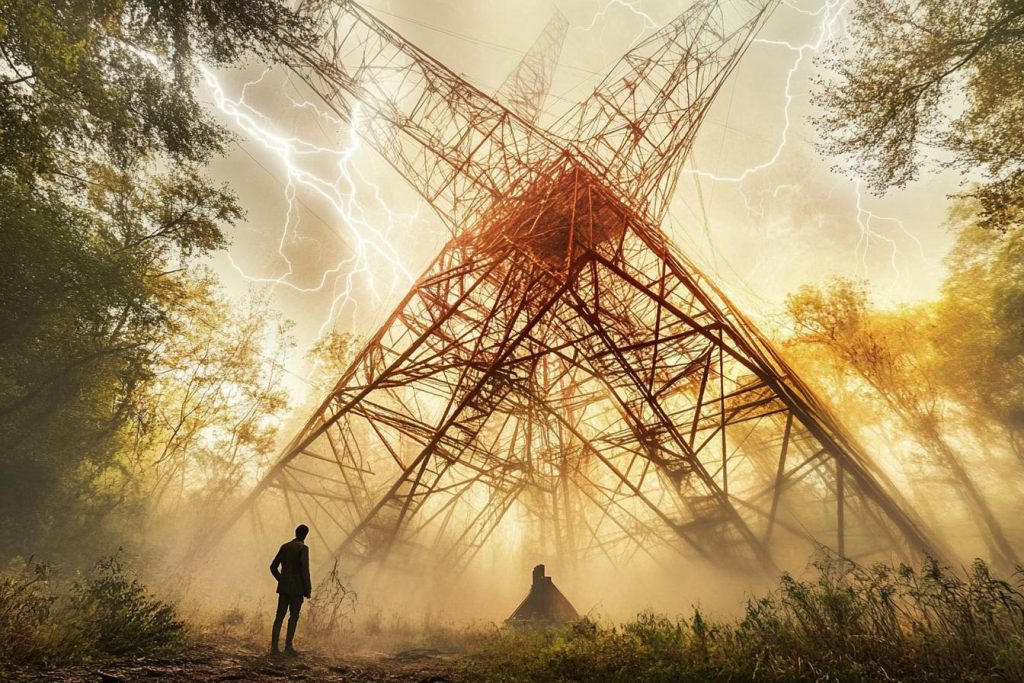
Nikola Tesla’s Wardenclyffe Tower was built to wirelessly transmit energy across great distances. Dismissed in its time, the project was abandoned and nearly erased from public memory. Now, the idea of wireless energy is resurging—with startups and tech giants revisiting Tesla’s vision. What once seemed like science fiction is edging closer to reality.
The Roman Concrete Secret

Modern concrete cracks and degrades—but ancient Roman concrete has withstood centuries, even in seawater. Scientists only recently cracked the secret: a self-healing chemical reaction activated by water. Now, engineers are studying its composition to develop ultra-durable materials. Ancient construction could be the blueprint for tomorrow’s sustainable cities.
The Viking Compass

Vikings navigated vast oceans without modern tools, and the mysterious “sunstone” may be why. Recent experiments confirm that these crystals could locate the sun’s position even in overcast skies. This ancient optical tech might rival today’s basic GPS. Rediscovering it has opened new questions about just how far seafaring technology really advanced.
The Incan Fiber Bridges

Before steel and suspension bridges, the Inca Empire constructed vast rope bridges across canyons. These handwoven marvels, made from grass fibers, were both flexible and durable. Today, architects and historians are revisiting these techniques to inspire eco-friendly designs. A seemingly primitive method could point to the future of sustainable infrastructure.
The Secret Codes in Knotted Strings

The Incas used quipus—complex knotted strings—to record information, trade, and census data. Long dismissed as simple tally systems, recent AI analysis suggests they may have encoded more advanced language. If so, it would mean the Incas had a data system more sophisticated than we ever imagined. Ancient info-tech may have survived in knots.
The Underground Pneumatic Mail Systems

Long before email, cities like Paris and New York had underground pneumatic tubes sending messages and small packages at remarkable speeds. These systems were once considered the future of communication. With the rise of instant delivery and drone tech, some engineers are looking to revive the idea with a modern twist. Could the past become the next logistics frontier?
The Forgotten Mechanical Dolls of the Enlightenment

In the 18th century, inventors created automata—lifelike mechanical dolls capable of writing, drawing, and playing instruments. Some contained thousands of precision gears and rivaled the complexity of modern robotics. These mechanical marvels were largely forgotten, but their influence is returning in fields like biomimetic engineering and art-based AI. They weren’t just toys—they were the first robots.
The Clockwork War Machines of Ancient China
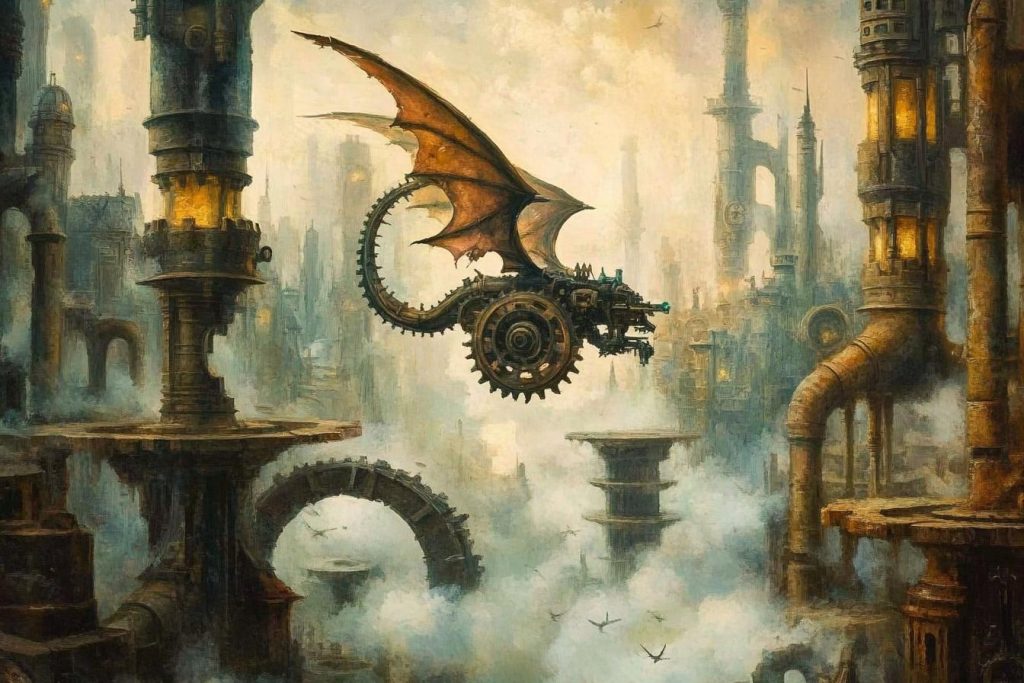
Ancient Chinese engineers developed intricate mechanical weapons and traps powered by gears and water. Described in old manuscripts, many of these machines remained theoretical until modern recreations proved they worked. Their rediscovery is reshaping how we view ancient warfare. These devices were precursors to programmable tech—long before the digital age.
The Steam-Powered Cars Before the Combustion Engine

Decades before gasoline-powered cars took over, steam-driven vehicles roamed the roads. Some were even capable of decent speeds and range. They were sidelined by industrial trends—but in today’s era of clean energy, steam is getting a second look. This once-buried tech could have been the future we ignored.
The Lost Photovoltaic Tech of the 1800s

Few know that solar panels were already being developed in the 19th century. Early photovoltaic cells existed but were dismissed as impractical due to low efficiency and lack of energy storage. With modern advancements, those designs are being re-evaluated for their elegance and simplicity. Sometimes, progress is a matter of timing.
The Analog AI Machines of the 1940s
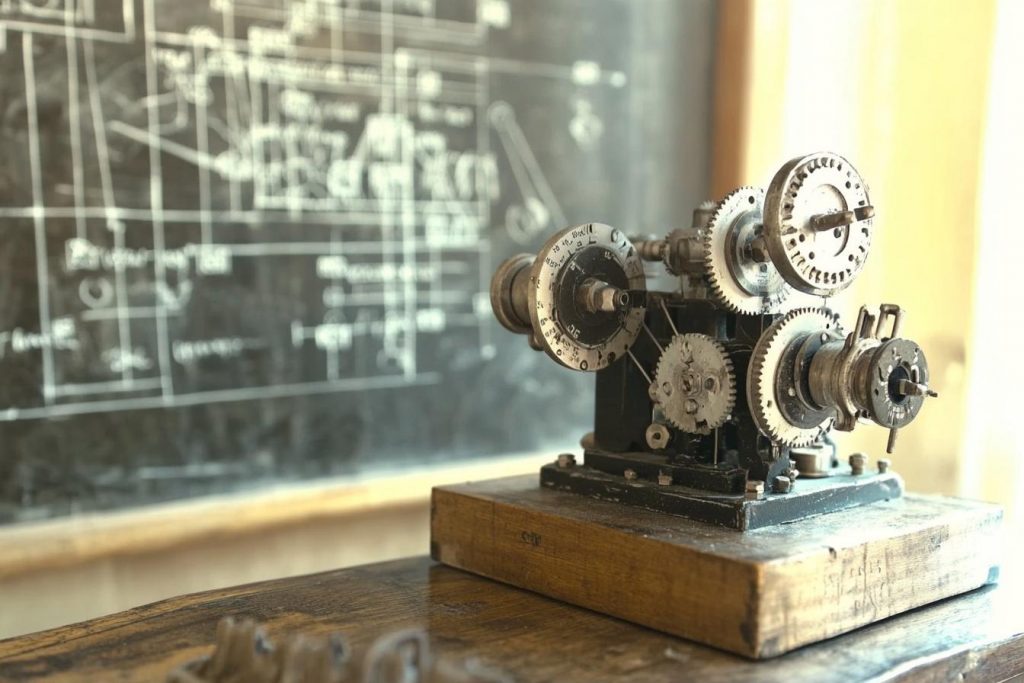
Before digital computing took over, early analog machines were built to simulate logic and learning. These mechanical brains were capable of rudimentary decision-making and feedback loops. Now, as researchers revisit analog computing for energy-efficient AI, these antique machines feel oddly ahead of their time. What if we took a different path—one buried under circuits and silicon?
The Submarine Telegraph Cables

Buried beneath oceans are thousands of miles of 19th-century telegraph cables that once connected continents. These iron-clad wires were the arteries of early global communication. Today, their legacy lives on as fiber optic cables follow similar paths, bridging the digital world. The seabed remembers the roots of our hyper-connected lives.
The Revival of Mechanical Memory

Before flash drives and RAM, memory was stored physically—in spinning drums, magnetic tapes, and punch cards. While obsolete now, some tech pioneers are exploring mechanical storage for secure, low-power systems. This retro concept could solve modern problems in long-term data preservation. Sometimes, what’s old becomes the innovation of tomorrow.
Echoes of Innovation
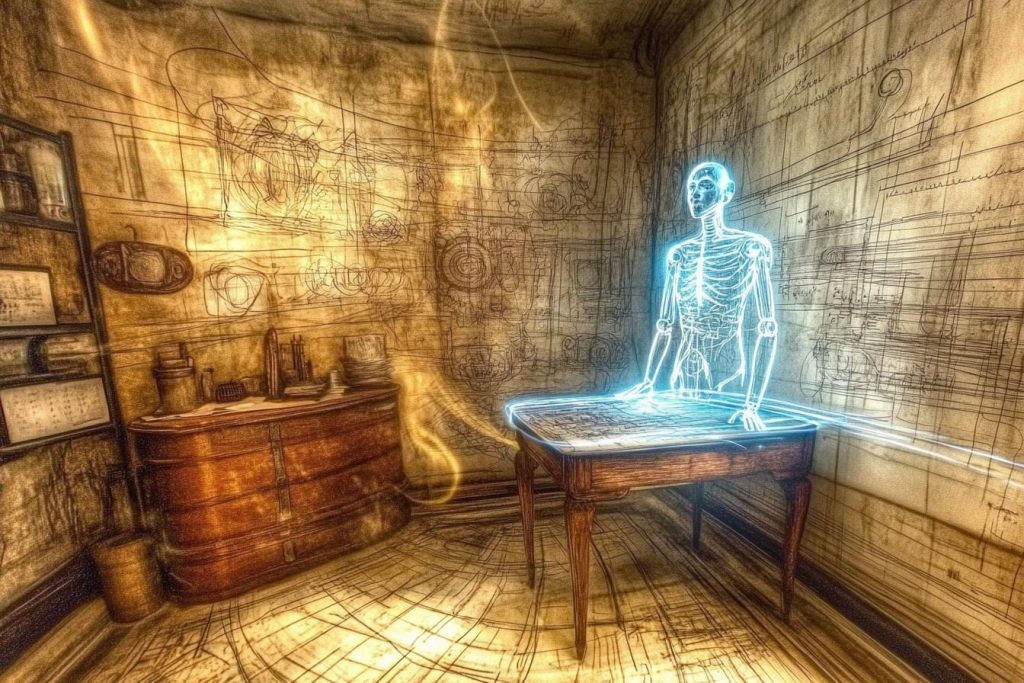
History has a habit of repeating itself—and in technology, the past is proving to be a treasure trove of inspiration. As we unearth long-forgotten inventions and reimagine them through a modern lens, we’re reminded that progress isn’t always linear. Sometimes, what we thought was discarded is merely dormant, waiting to reawaken. In the buried blueprints of yesterday may lie the solutions of tomorrow.


